
Wisdom teeth are third molars at the back of the mouth, the last teeth in the jaw. They grow out much later than the other teeth, normally between the first years of adolescence and the age of 25. Some people have all their wisdom teeth and some only have one, two or none at all.
Wisdom teeth are prone to complications because of their position and late growth. It often happens that their growth is stifeled and the come in sideways, or they only grow a little and then stop because there is not enough room for them. This is called impacted wisdom teeth.
Symptoms of impacted wisdom teeth
Impacted wisdom teeth sometimes cause no apparent problems or complications. Still, most dentists recommend removing them, just to be safe from possible complications in the future.
On the other hand, impacted teeth can cause quite a few problems, starting from pain, which can range from mild to severe, swelling, infection, tender and swollen gums that sometimes bleed, bad breath and headache.
Complications of impacted wisdom teeth
If a wisdom tooth is impacted, there is a risk it may damage the surrounding teeth. Sometimes it presses against the adjacent tooth, crowding it, damaging it and making it prone to infection.
Cysts are another common complication. The tooth grows in a sac within the jawbone, and it fills with fluid, developing into a cyst. This can cause damage to the bone and the nerves.
Impacted teeth are more susceptible to decay than other teeth, because they are harder to clean so the food often remains trapped between the tooth and the gums.
Another complication associated with impacted wisdom teeth is gum disease, particularly the pericoronatis.
Diagnosis and treatment
Whether a person sees a dentist because of the pain from the impacted tooth or it is a regular dental appointment, the dentist will perform the exam and probably perform some tests, including an x-ray exam. He or she will then decide whether the tooth needs to be removed or not. Impacted teeth that cause the pain and swelling or are infected usually require extraction.
The procedure for removing or extracting an impacted tooth is a common and a relatively simple one. The surgery is done as an outpatient procedure, using local anesthetic or, rarely, total anesthesia. The surgeon makes an incision in the gums, removes the bone blocks surrounding the tooth, removes the tooth and stitches the incision.
The recovery after the procedure may last a few weeks. Complications are relatively rare and they include bleeding, dry socket, infections, damage to the bone, damage to the nerves or to the sinuses.


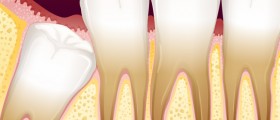
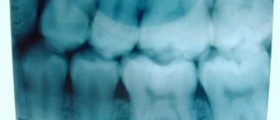

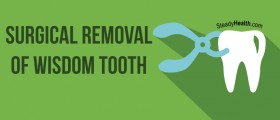


,-Don't-Ignore-Receding-Gums_f_280x120.jpg)


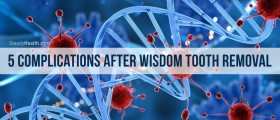

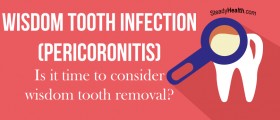


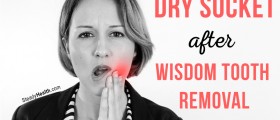
Your thoughts on this
Loading...